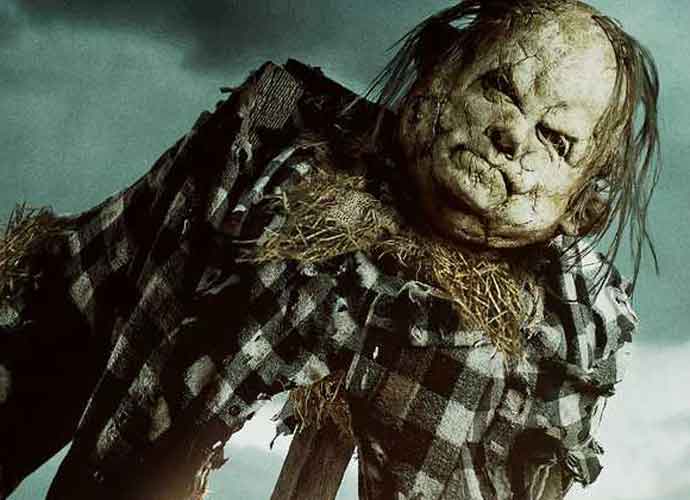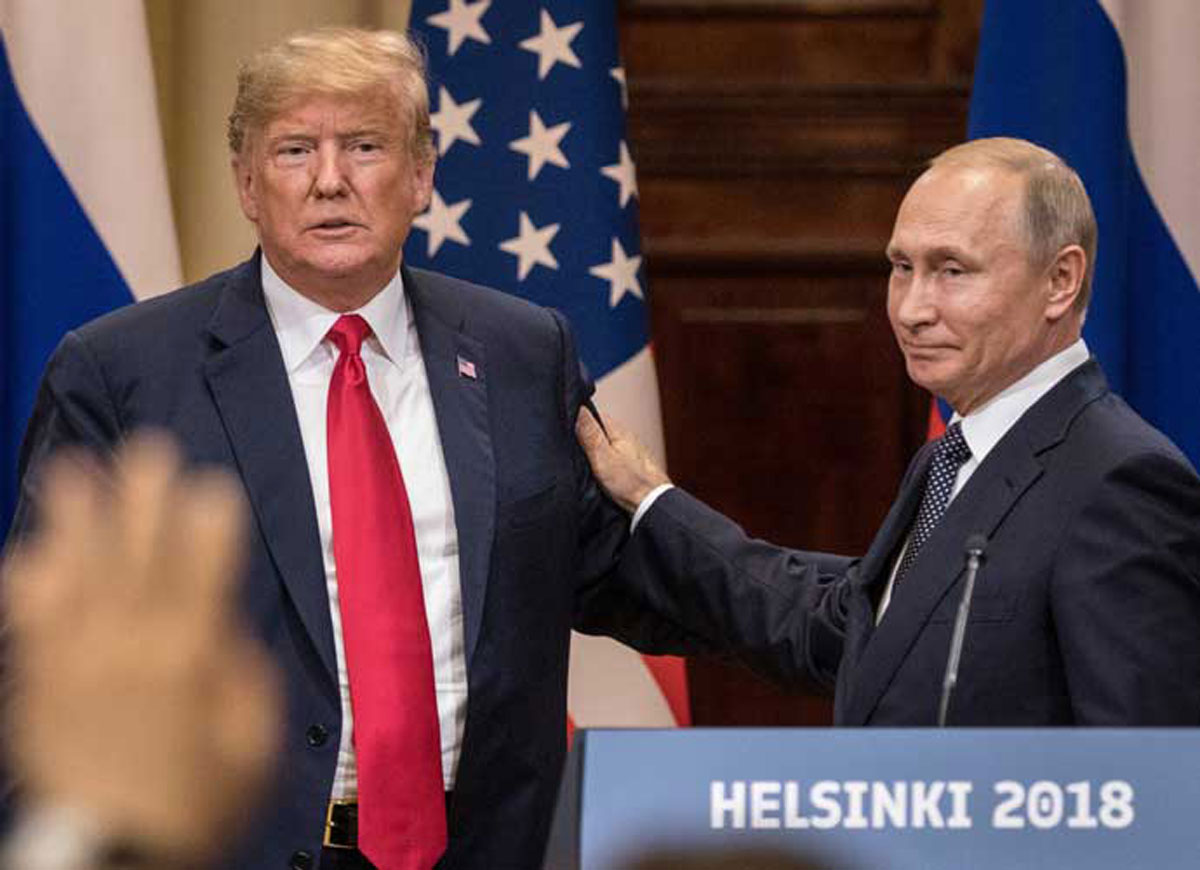‘Scary Stories To Tell In The Dark’ Blu-Ray Review: Big On Stories, Low On Scares

2/5
“Stories heal. Stories hurt. If we repeat them often enough, they become real. They make us who we are.” These words begin Zoe Colletti‘s opening monologue from Scary Stories to Tell in the Dark, the latest feature from Norwegian import André Øvredal. If the film’s preoccupation with stories wasn’t obvious from the title, then it should be after its first few seconds pass. If only it had chosen more interesting stories to tell.
The movie centers around a group of friends played conservatively by Coletti, Gabriel Rush, and Austin Zajur. Each of ambiguous age, the film flirts with jokes and themes about puberty and sexual awakening without making any of them more than a passing gag. A chance encounter with the mysterious Ramón, played with a commensurate lack of enthusiasm by Michael Garza, leads to the group stumbling upon a haunted house inside of which can be found a mysterious book full of macabre stories. Not only do these stories write themselves — they also always come true in real life (except for when they don’t, a phenomenon the film doesn’t particularly try to explain).
Unsurprisingly, the book’s magical characteristics come as the result of an angry ghost exorcising her frustrations out on this group of kids for reasons that slowly become apparent as the film drags on. If the film’s premise sounds a bit unoriginal, that’s hardly a coincidence. It often feels as though Øvredal is trying to walk the line between making Scary Stories a pastiche of the horror and making something entirely original; in his attempt to have the best of both worlds, he makes something that more often descends into parody.
The film’s “stories” are themselves remarkably un-scary, often featuring cartoonish and poorly-animated monsters that are revealed far too early to actually elicit any frights beyond the occasional jump scare. To make matters worse, the film’s over-arching narrative doesn’t fare much better, with quite a bit of clumsily-inserted political commentary that seems more haphazard than revolutionary. The direction that the horror plot takes is predictable from within moment’s of the film’s opening, featuring a tried-and-true story of hatred and redemption unlikely to stir anything more than a brief glance at the clock.
That being said, the film is not without its qualities. The main characters are, if not totally compelling, mostly likable, and their journeys throughout the film — especially Ramón’s — are rather affecting in the end. Though the movie’s political overtones are generally over-pronounced and underutilized, Scary Stories‘s dénouement impressively turns some of its politics into a moment of genuine emotion. As scattershot as the film often ends up being, some of the shots do indeed hit by the time the credits roll.
The special features on offer here are nothing new but still worth checking out. The behind-the-scenes set visits are a worthwhile watch for anyone looking to see how some of the film’s most dramatic moments got brought life, and the two short features on the creation of the monsters themselves showcase what it took to construct some of the film’s most gruesome imagery.
RELATED ARTICLES
Get the most-revealing celebrity conversations with the uInterview podcast!





Leave a comment